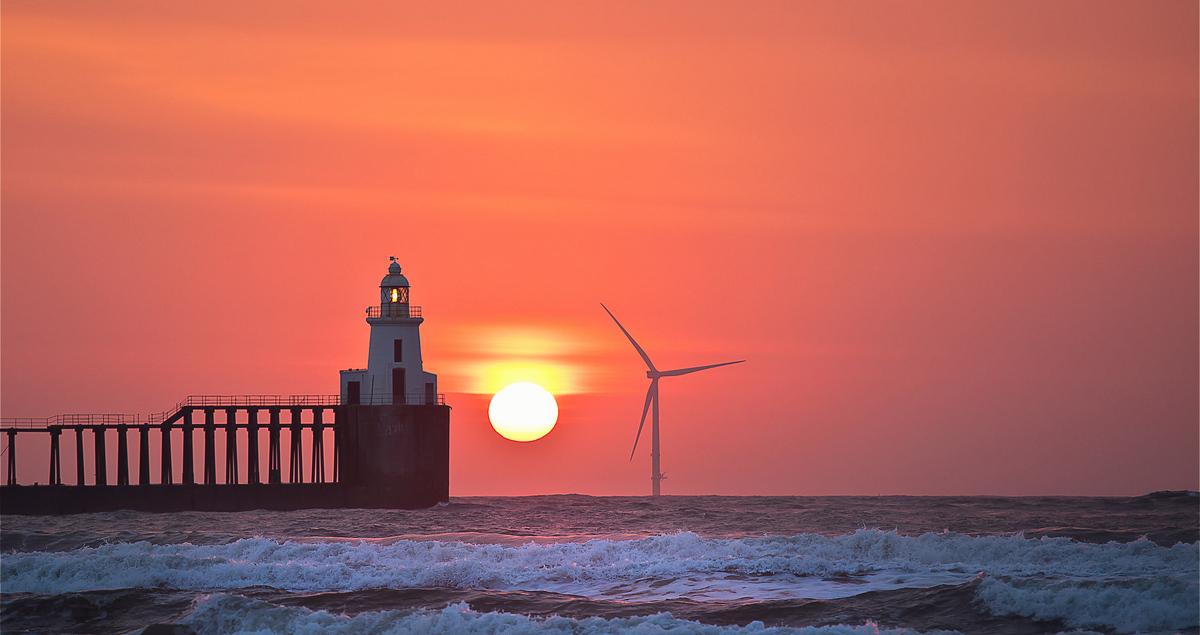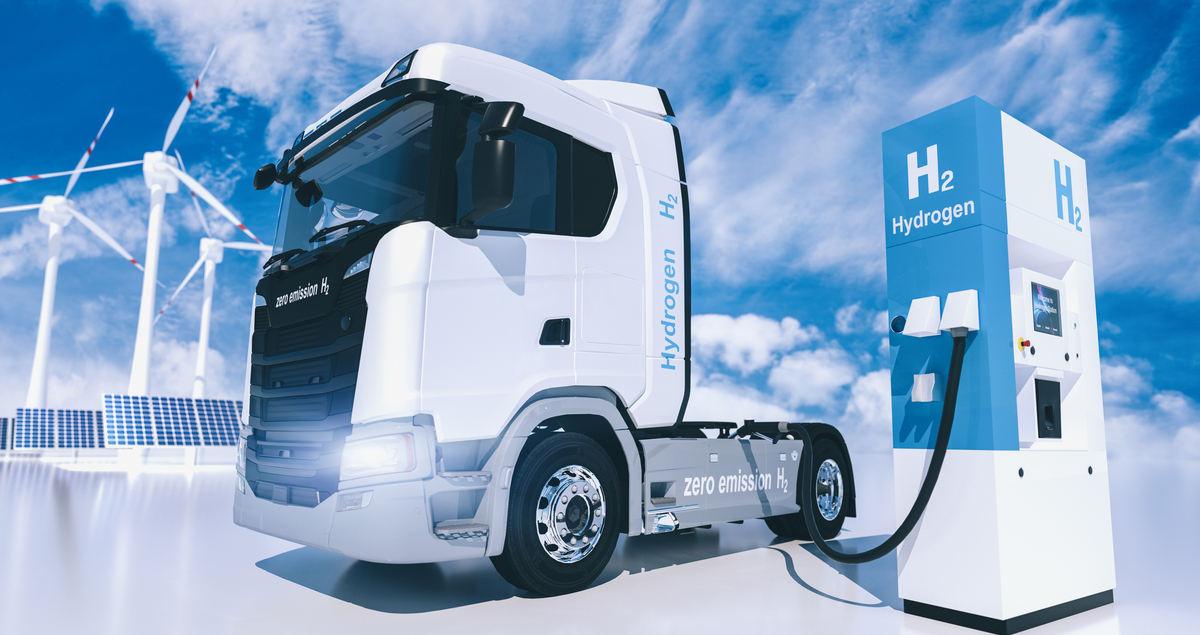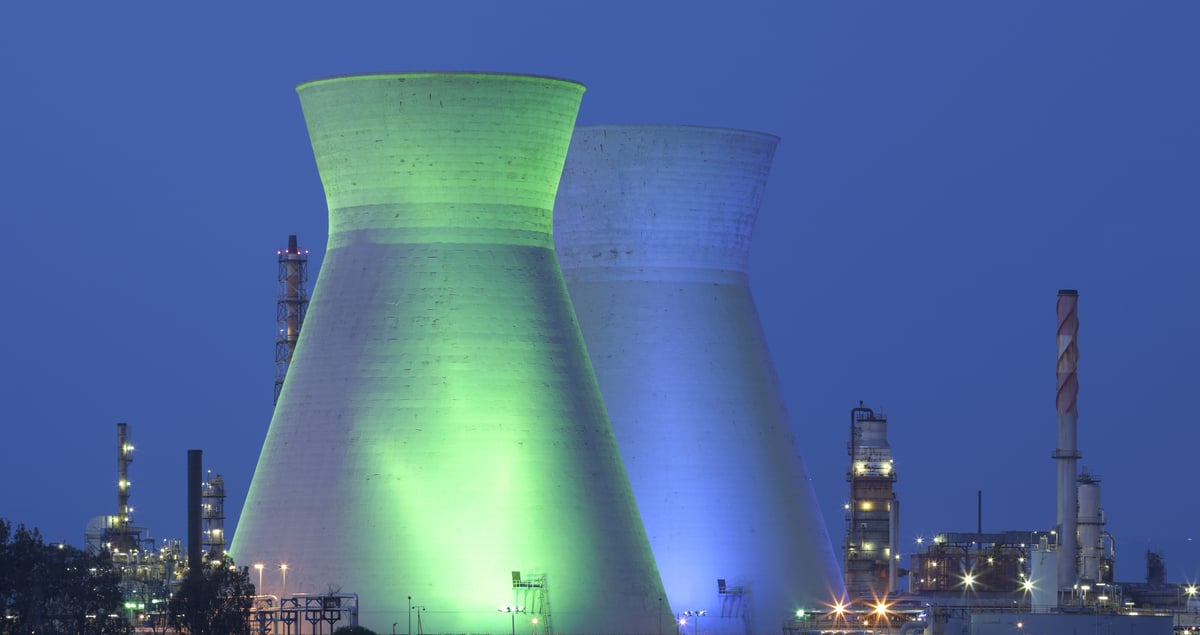What role could hydrogen play in a UK green recovery?

Carbon dioxide emissions are falling by unprecedented amounts and the share of renewables in the energy mix is rising in the wake of the global lockdown. In its latest report, the IEA predicts renewable electricity generation will grow by nearly 5% and make up almost 30% of electricity generated in 2020 − despite worldwide disruption.
So, rather than allowing energy production and usage to bounce back to the ‘same old’, there is an opportunity for “greening the recovery”, argues Kristalina Georgieva, Managing Director of the International Monetary Fund, which recently issued guidance to promote a sustainable recovery from COVID-19.
“In the minds of some, the health crisis and the ‘great lockdown’ needed to address it, mean that we can push the pause button in the fight against the other existential crisis we face − our changing climate. Nothing is further from the truth,” Georgieva said, concluding that “a ‘green recovery’ is our bridge to a more resilient future.”
As the world’s largest offshore wind market, the U.K. has been one of the countries at the forefront of the energy transition. Its decision before the current crisis to invest in producing hydrogen from excess renewable energy could be one of the game changers.
In February 2020, the U.K. government launched a £90 million ($110 million) investment package to meet its 2050 target of net-zero carbon emissions. Of these funds, just under a third will be channeled to hydrogen production and carbon capture.
Why hydrogen – and where?
According to analysts Aurora Energy Research, hydrogen could cover between a quarter and nearly half of total energy demand in the U.K. by 2050.
The gas plays three critical roles in the global race toward net-zero.
Firstly, it can act as a storage medium for excess renewable energy. When too much wind or solar power is generated and the power grid cannot accept any more, the excess can be converted into hydrogen and then either stored or used directly for cars, trucks, power generation, and a host of industrial applications.
Secondly, in power generation, existing power plants could be converted to hydrogen to produce CO2-free energy. Vattenfall is currently working with Mitsubishi Hitachi Power Systems (MHPS) to ready a plant in the Netherlands to run on the gas by 2025. Hydrogen could also be injected into existing gas networks to replace natural gas as a source of heating.
Finally, in transportation, where fuel-cell cars get much of the publicity, hydrogen is predicted to have an even bigger impact in long-haul freight, shipping, public transportation, and also aviation, where current battery technology will not provide sufficient power.
It also has a wide variety of applications as a replacement fuel in industry, to help carbon-intensive sectors such as steel and cement, whose processes rely heavily on fossil fuels and can’t be easily electrified.
The steel industry could produce up to 50% of its output using hydrogen instead of coal by the middle of the century, according to BloombergNEF. Or possibly even earlier: “No big R&D breakthroughs are necessary,” says BloombergNEF analyst Kobad Bhavnagri. “If policy was in place, the world could start producing green steel within a decade.”
This would start making a serious dent in steelmaking’s 9% share of global carbon emissions.

Building a market
While this is good news, practical issues remain: most hydrogen today is produced from fossil fuels or wood – emitting CO2 in the process (referred to as ‘grey’ hydrogen). Less than 0.1% is generated through electrolysis of water – a process fueled by excess electricity from renewables, which is carbon-free. At present, electrolysis is still in its infancy and cannot produce at enough scale – and cost – to build a market.
Countries like the U.K. face a chicken-and-egg situation: to encourage the use of hydrogen, sufficient resources must be available. Without them, the market can’t expand. The U.K. has therefore set its sights on furthering both green and ‘blue’ hydrogen production to build scale, drawing on its experience of building the biggest offshore wind market in the world.
Blue hydrogen production uses conventional, ‘grey’ methods, and sequesters the resulting CO2 using carbon capture and storage (CCS) technology to prevent it from being released into the atmosphere.
“Producing hydrogen from natural gas via steam methane reformation, or SMR, is currently the cheapest way to produce hydrogen on a large scale,” says Burak Kaplan, Strategy Manager at MHPS Europe. “To date, SMR and CCS have not been combined, but considering electrolyzer cost, that would be also cost-effective and have a very low carbon footprint.”

Realizing the hydrogen society
Britain is now aiming to change the economics of hydrogen.
It is already investing £800 million ($1 billion) in a CCS infrastructure fund to create two CCS clusters by 2030.
A frontrunner in the race to host one of these is the Zero Carbon Humber project in North East England, which includes a CCS network and a hydrogen production facility in a region that is known as the U.K.’s largest producer of industrial emissions. As a first step in this scheme, Equinor announced in July 2020 that it is aiming for first production from a new blue hydrogen production plant in 2026.
Alongside, the Net Zero Teesside project is set to take forward plans to build the world’s first gas power plant with full-scale carbon-capture, utilization, and storage (CCUS). It will sequester carbon from power generation and eventually store it at the bottom of the North Sea.
The new investment package will kickstart five more projects for hydrogen production in England and Scotland.
Gigastack in Yorkshire aims to reduce the cost of ‘green’, electrolytic hydrogen. The project will use electricity from the Hornsea Two offshore wind farm to generate renewable hydrogen for use in a chemical refinery.
A second project, Dolphyn, will explore the electrolysis of hydrogen using seawater, generated by offshore floating wind turbines. The systems for desalination and electrolysis will be integrated within the floating wind turbine, with gas piped back to the shore.
Alongside these ‘green’ hydrogen initiatives, three more will work on hydrogen production from natural gas using CCS to filter out CO2.
HyNet is set to distribute hydrogen via a pipeline to industrial users including glassmaker Pilkington and one of Unilever’s production sites in England.
The HyPER research project, led by Cranfield University, explores the potential of new production technologies.
While in Scotland, the Acorn project will be developing both an energy- and cost-efficient process for hydrogen production from natural gas − for use in transport, home, and industry − and CCS technology to capture and store the resulting CO2 emissions.

Seizing an opportunity
The effect will not only be ecological, as Kaplan explains: “The wind industry has already created millions of direct and indirect jobs, and billions of pounds of exports for the U.K.
“If the U.K. takes the right steps to become the world leader in the hydrogen supply chain, the same effect will revitalize regions that have fallen behind over the past few decades.”
What is more, the outcome of these ventures could demonstrate to sectors as diverse as power generation, heavy transport, and chemicals how we might transition from oil, gas, and coal to cleaner fuels such as hydrogen.
And while the U.K. has carved out a trendsetting role for itself, similar projects are happening worldwide.
Japan is among several countries in Asia-Pacific targeting the large-scale production of ‘green’ hydrogen, with a new project just underway. The Advanced Clean Energy Storage project in Utah in the U.S. is focused on storing renewables, including hydrogen, in salt caverns. And across the world, there are now 59 CCUS facilities operating or being developed. Only a handful are currently tied to hydrogen production, but feasibility studies are in progress for schemes in North America, Europe, Asia, and Australia.
As the recent publication of national hydrogen agendas in Germany and the Netherlands indicates, there is increased impetus for the hydrogen society, as countries emerge from the pandemic and grasp the chance to maintain the ‘carbon advantage’ inadvertently created during lockdown.
Read more about MHI Group’s vision for the hydrogen society





